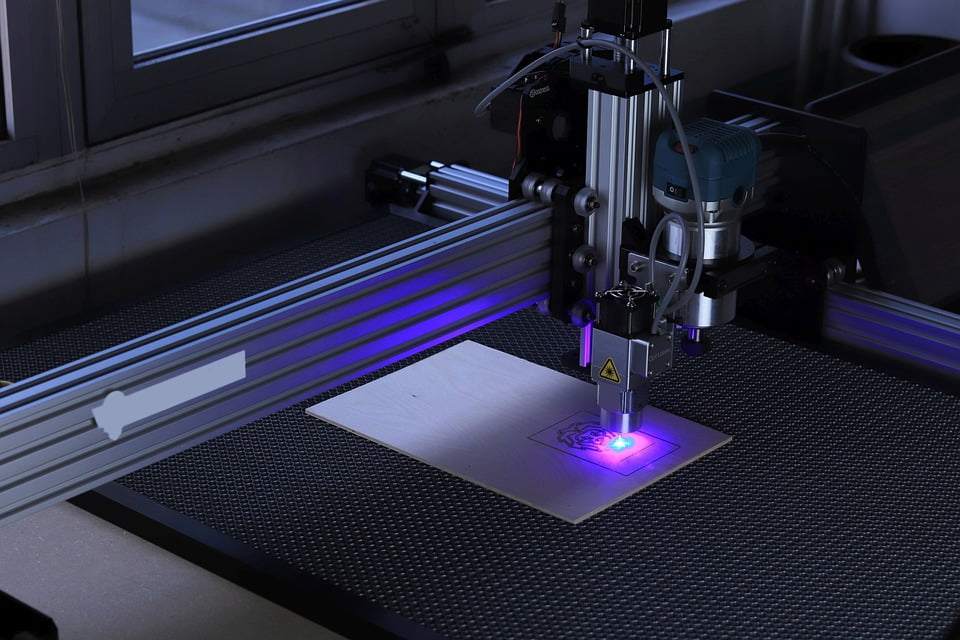You can think of microservices architecture in the form of collaborating services. It is generally accepted that architecture is a better way of developing many new types of applications. However, there are several challenges when it comes to attempting the application of monolithic deployment and delivery techniques of microservices. Continuous delivery has already established itself as an essential component of DevOps Services in software delivery.
Shorter release cycles and Flexibility are two of the major reasons for pursuing microservices architecture. In the absence of CI / CD, i.e. continuous integration / continuous delivery, it will deter your team from reaching the level of agility necessary for supporting microservices development and delivery.
CI/CD practices for microservices
We present five solid practices that will be helping your team in designing a workflow of CI/CD when it comes to the management of developing microservices.
1. Collating a solid test strategy
Verifying and testing microservices systems has considerable complexity in comparison to testing a conventionally monolithic application. All individual microservices must be subjected to a test strategy for making it feasible to verify the behavior of the entire system in the DevOps lifecycle.
It has to be remembered that conventional approaches are highly suitable and still applicable to the upstream testing of microservices. When it comes to maintaining balance among all of the tests, the test pyramid is highly useful.
The approach discussed above has limited effectiveness when it comes to testing many services together. You may not be able to simulate all the errors. In this regard, mention could be made to the inconsistencies in a system, which is highly distributed and may cause a system failure.
Due to the presence of these challenges, it may be useful and necessary for supplementing conventional testing with techniques like lightweight UAT, synthetic user testing, and fault injection testing.
2. Careful designing of environments
The purpose of an environment plan is to outline the mannerism of using each environment and the strategies for moving and promoting all types of artefacts through each environment. First, you need to figure out the different environment that has to be handled by your team. You have to keep in mind that different groups throughout your organization will have different needs. Hence, it is important that the environment planning needs to account for all of these disparate requirements.
You have to take into consideration the procedure of implementing cloud infrastructure so that you can create these environments. Moreover, you need to formulate a strategy of promoting all artefacts from one environment to the next. CD pipelines are capable of generating several artefacts. It is imperative to watch the number of artefacts that you might need for managing repositories.
3. Revisiting your CI practices
One of the mission-critical practices in the endeavour of implementing continuous development is continuous integration. It transcends the basic considerations about building definitions and building servers. Feature toggles and trunk-based development are two of the additional vital practices that will be highly effective in building a robust CI process.
In a trunk-based development, developers work together on code that lives in one branch called the trunk. The chief consideration here is to avoid deviation in development branches and avoid the merging of resulting frustrations. Trunk based development makes it necessary to implement controls, also known as feature toggles.
With the help of feature toggles, it is possible to enable varied multiple commits of all the works that are currently under progress and features that are complete. The toggles render the team ability to disable features that are incomplete temporarily after they have gone into production. It is possible to enable these features once they reach completion passing all relevant tests. Typically, feature toggles are kept in a configuration or specification file near the codebase. The CD pipeline automation mechanism will disable or enable toggles in relevant environments as appropriate.
It is also possible to implement other types of toggles like those that release toggles restricting access to codes that are not complete. There are several other types like ops toggles, restricting the function of production code, experimental toggles for multivariable testing, and permission toggles that hold the capability of enabling specific behaviour depending on user privileges.
4. Strategic Management of Configuration
It is important to keep the configuration files separate from the code. The configuration for an application may engulf all the essentials related to deployment. Configurations tend to be different when it comes down to the management of deployments for more groups of microservices.
Final Thoughts
Flexible and shorter release cycles are two of the major advantages that you experience when you pursue microservices architecture. However, you could be plagued due to the absence of continuous integration and delivery processes that will prevent your team from having the agility for supporting microservices development and delivery. Cuelogic is a renowned Outsource software development company based out of New York which specializes in Software product development, DevOps, Cloud Services, and Data






Tech content on this site may include contributed articles and partnerships with industry voices. Learn more in our Editorial Policy.